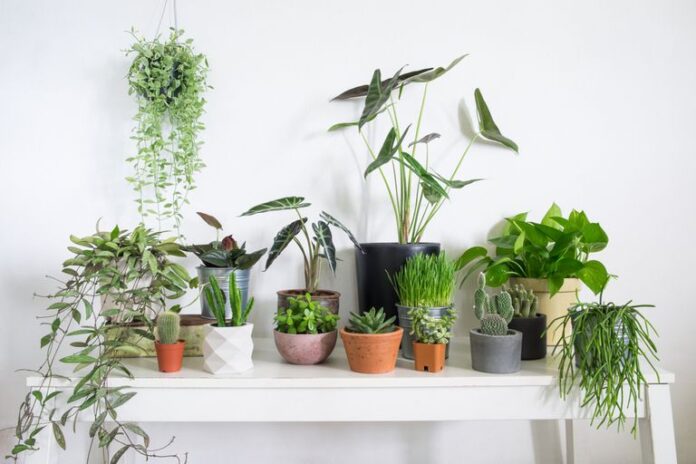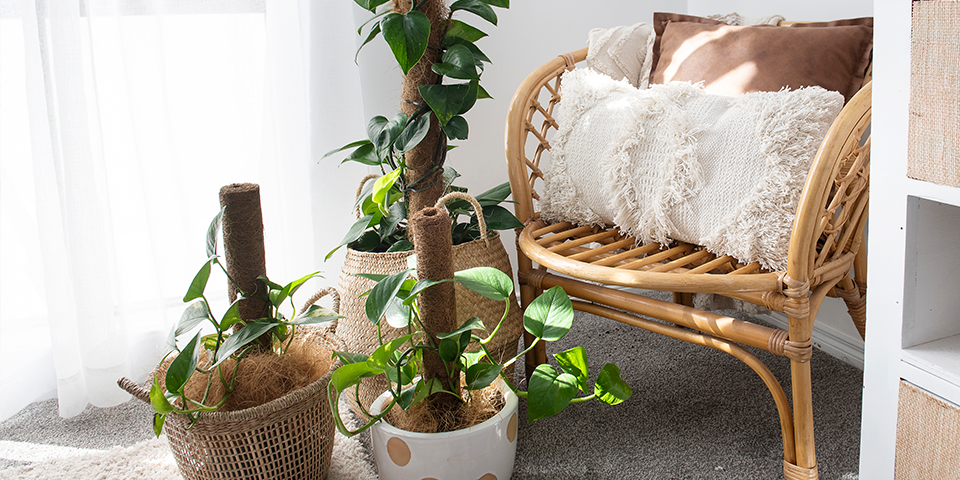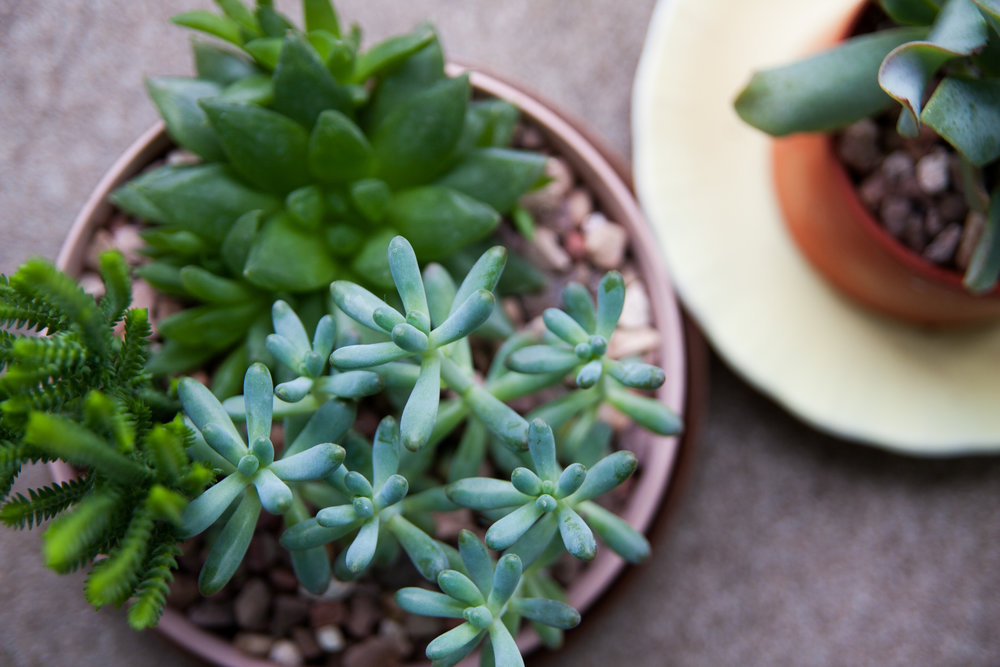It’s always great to have a few green friends to spruce up—no pun intended—your home or workplace. They can be a great talking point in awkward social situations, a way to relax the eyes after staring at screens all day, and even stress-relieving as you tend to their leafy needs.
Of course, taking care of plants is no walk in the park. You have to water them, give them some sun, and place them in an environment where they can thrive. Not to mention that not everyone has a green thumb. Luckily for you, our friends from Hello Blooms came up with a list, in no particular order, of the top 6 houseplants you can get your hands on that are easy to take care of:
1. Epipremnum pinnatum “Aureum”
Golden pothos vines are very popular to have around. In the wild, these vines can envelop entire trees almost concealing their hosts with their large green and gold leaves.
As a houseplant, it’s better to have them on hanging pots so they don’t spread all over and damage your surfaces. However, you still need to maintain them as, just like they are in their natural habitat, they grow aggressively. Remember to trim these mavericks regularly.
2. Sansevieria ehrenbergii “Snake Plant” or “Mother-In-Law’s Tongue”
You’ve probably seen this in the office or in someone else’s house. The snake plant is a common houseplant that is probably one of the easiest plants to keep alive indoors. They’re relatively low maintenance and they look great!
Snake plants in the wild are hardy plants—which explains why they’re so low-maintenance. They don’t need a lot of water, can do with low light environments, and have no problem in areas with some humidity. Just keep it away from your mother-in-law or she might have something sharp to say.
3. Chlorophytum comosum “Vittatum” or “Spider Plant”
Spider plants are tropical and subtropical plants that can be found in countries such as Africa, Asia, and Australia. This plant can grow easily in any container. They look the best when you emphasize their arching leaves such as when planted in hanging pots. Mature spider plants over time will reproduce by growing plantlets on long stems that look exceptional from a hanging display.
Did we mention that you can cut these growths and replant them in another pot? Imagine a plant that pays for itself! Besides being able to propagate your collection, these plants need little light, water, and are not demanding when it comes to temperature.
4. Monstera deliciosa “Swiss Cheese Plant”
The swiss cheese plant, or just the cheese plant, is a flowering and fruit bearing plant native to the tropical forests of Southern Mexico. Fun fact, don’t put this plant in your mouth. The reason why it was named deliciosa was because of the fruit the plant bears. Another fun fact, this plant can get huge—we’re talking 9 meters or 30 feet tall—hence the name Monstera.
Can it be a houseplant? Why yes of course! This plant is so low maintenance that you barely have to give it water. They can also tolerate low-light environments, but their beauty really thrives when you place them in a well-lit area. Make sure you place it in a pot and room where it has room to grow. Cleaning its leaves is also a great way to keep this giant happy and healthy.
5. Succulents and Cacti
Who hasn’t heard of these little cuties? Succulents and cacti come in a variety of different species and many of them can be part of your home or office decorations. Agave, aloe, and echeveria rosettes are popular houseplants and are very easy to come by.
Being natives of harsh desert environments, these plants have adapted to need very little water and can live in extremely hot temperatures. They thrive in brightly lit areas, grow the best in well-drained pots, and you can definitely leave them on their own. Just don’t forget that some of these have spines!
6. Epipremnum aureum “Devil’s Ivy”
Don’t be intimidated by this plant’s name. Quite the opposite. When this plant becomes a part of your home or office interior, all you’ll have to do is sit back and relax.
The reason why this plant gets the name Devil’s Ivy is because of how hard it is to kill this plant. Devil’s Ivy is toxic to plants and mildly toxic to humans when ingested, which is why they’ve managed to survive for so long. Keep this plant well away from your house pets and kids.
They’re resilient to temperature, need only be watered about once a week, and can survive in low-light environments.
Sure enough, once you’ve gotten the hang of taking care of these plants, you’ll be well on your way to having a home or office with beautiful plants!





















